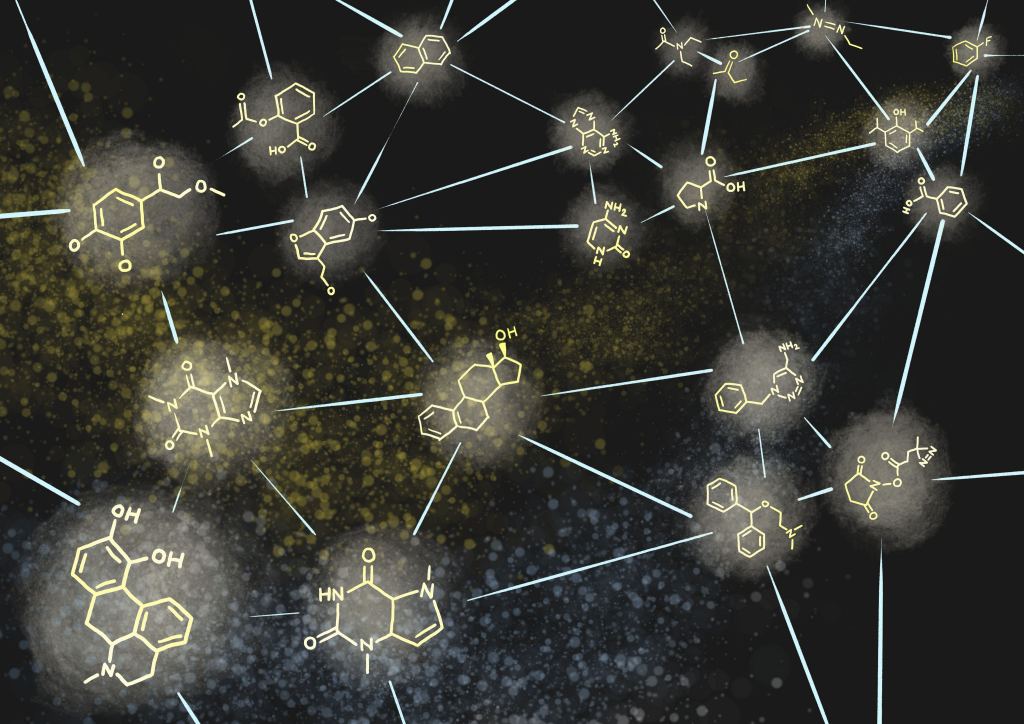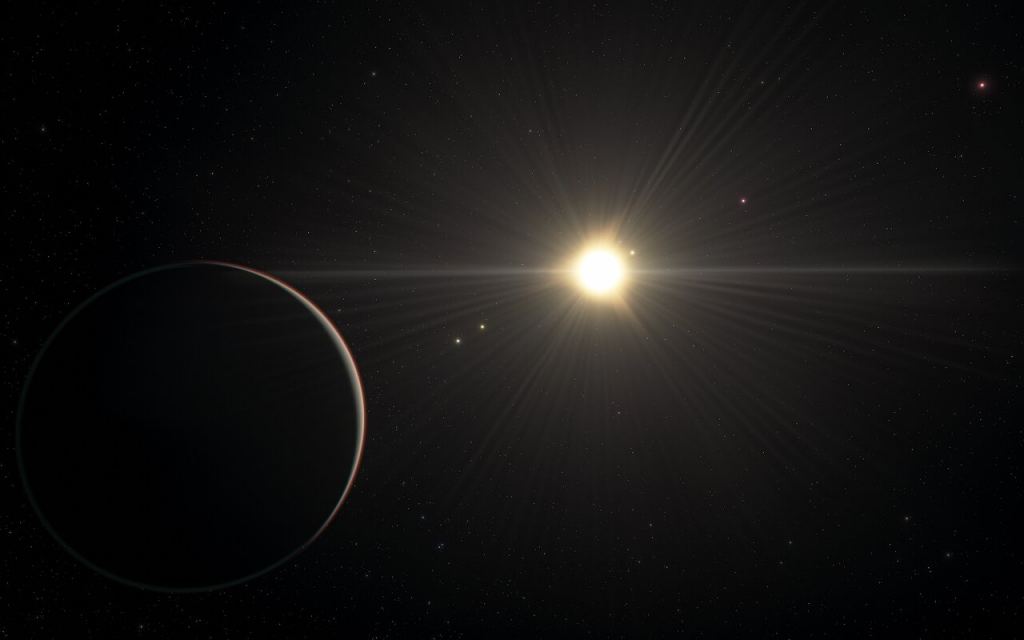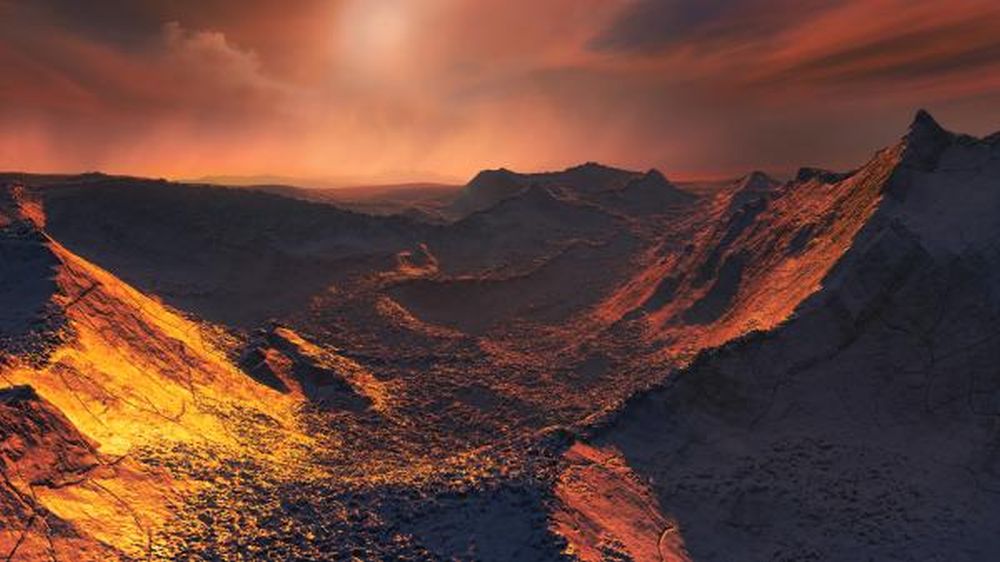In 1960, the first survey dedicated to the Search for Extraterrestrial Intelligence (SETI) was mounted at the Green Bank Observatory in West Virginia. This was Project Ozma, which was the brainchild of famed astronomer and SETI pioneer Frank Drake (for whom the Drake Equation is named). Since then, the collective efforts to find evidence of life beyond Earth have coalesced to create a new field of study known as astrobiology.
The search for extraterrestrial life has been the subject of renewed interest thanks to the thousands of exoplanets that have been discovered in recent years. Unfortunately, our efforts are still heavily constrained by our limited frame of reference. However, a new tool developed by a team of researchers from the University of Glasgow and Arizona State University (ASU) could point the way towards life in all of its forms!
The study that describes their findings, which recently published in the journal Nature Communications, was conducted by Prof. Leroy Cronin and his team from the School of Chemistry at the University of Glasgow, UK. They were joined by members of the Beyond Centre for Concepts in Fundamental Science at Arizona State University (ASU), and the Astrobiology Analytical Laboratory at NASA’s Goddard Space Flight Center.

Central to this new tool is a concept known as assembly theory, which was developed by Prof. Leroy Cronin – a Regius Professor of Chemistry – and his colleagues at Glasgow’s School of Chemistry, with the assistance of scientists from ASU. This theory describes how living systems can be distinguished from non-living ones by identifying complex molecules that are produced in abundance (and cannot form randomly).
Applied to molecules, assembly theory identifies molecules as biosignatures based on what life does, not what it is. As Cronin explained in an ASU press release:
“Our system is the first falsifiable hypothesis for life detection and is based on the idea that only living systems can produce complex molecules that could not form randomly in any abundance, and this allows us to sidestep the problem of defining life.”
The next step was to come up with a way to quantify this complexity, which the team did by developing an algorithm that would assign a score to a given molecule. This is what is known as a “molecular assembly” (MA) number, which is based on the number of bonds needed to make the molecule. Naturally, large biogenic molecules would have a higher MA than smaller ones, or molecules that are not biogenic (large or small).
To test their method, the team used their algorithm to assign MA numbers to a database containing about 2.5 million molecules. They then used a sample subject of about 100 small molecules and small protein fragments (peptides) to verify the expected correlation between the MA number and the number of peptides a molecule would generate once exposed to a mass spectrometer – which breaks samples into pieces and analyzes the number of unique parts.

In collaboration with NASA, the team also examined samples from around the globe and some extraterrestrial samples. These included a fragment of the Murchison meteorite, a carbonaceous chondrite meteorite rich in organic molecules that landed in Australia in 1969 (though the sample itself was not biological in origin). They also examined samples of fossil-containing lake sediment from the Holocene (30,000 years ago) and mid-Miocene (14 million years ago) eras.
From this, the team was able to show that life is the only process that can make molecules with high MA numbers. They further found that there is a MA threshold that, once crossed, indicates that life is necessary to produce the molecule in question. Said co-author Sara Imari Walker of the School of Earth and Space Exploration at ASU:
“The method enables identifying life without the need for any prior knowledge of its biochemistry. It can therefore be used to search for alien life in future NASA missions, and it is informing an entire new experimental and theoretical approach to finally reveal the nature of what life is in the universe, and how it can emerge from lifeless chemicals”
“Living and non-living systems are set apart by the degree to which they can reliably, and in detectable abundances, assemble highly complex molecular structures,” added Doug Moore, a postdoctoral research associate at the Beyond Center at ASU and co-author of the study. “We set out to show that this is the case and propose a biosignature that is both biochemically agnostic and practically useful.”

This algorithm is one of the first complexity-measuring tool that is experimentally verifiable, which makes the algorithm especially useful in the search for extraterrestrial life. Simply put, it could be tested and validated in a lab using instruments destined to be incorporated into future missions. By developing an approach that cannot produce false positives, astrobiologists will have a real shot at making the most profound discovery in the history of our species.
In addition to astrobiological research, this tool could also assist in the study of how life began here on Earth. The theoretical framework for this tool is one of the first techniques that can quantify how chemical systems process information (a fundamental aspect of life). Said co-author Cole Mathis, an ASU alumnus who is currently a postdoctoral researcher at the University of Glasgow:
“We think this will enable an entirely new approach to understanding the origin of living systems on Earth, other worlds, and hopefully to identifying de novo living systems in lab experiments. From a really practical perspective, if we can understand how living systems are able to self-organize and produce complex molecules, we can use those insights to design and manufacture new drugs and new materials.”
A number of missions are destined for the outer Solar System in the coming years to search for life inside “Ocean Worlds.” Using spectrometers equipped with the MA number algorithm, missions destined for Europa and Enceladus and Titan could examine the atmosphere, surfaces, plume activity, and methane lakes for signs of molecules that only occur in the presence of life.

Addendum: In an earlier draft, we wrote that the algorithm developed by Prof. Leroy Cronin (et al.) was the first falsifiable means for detecting life beyond Earth. However, we have since learned that in 2013, Dr. Armando Azua-Bustos* and Dr. Cristian Vega-Martínez** published a paper that similarly proposed a new method to search for life based on attributes that must be common to all lifeforms.
In this case, Dr. Azua-Bustos and Vega-Martinez recommended using fractal mathematics analysis to quantify the degree of entropy difference in a planetary environment, thus allowing scientists to distinguish between lifeforms and their similar abiotic surroundings.
Their paper, titled “The potential for detecting ‘life as we don’t know it’ by fractal complexity analysis,” appeared in the International Journal of Astrobiology, Vol. 12, (June 12th, 2013).
*Department of Planetology and Habitability, Center of Astrobiology (CSIC-INTA), Madrid, Spain
**National Scientific and Technical Research Council (CONICET), Buenos Aires, Argentina

